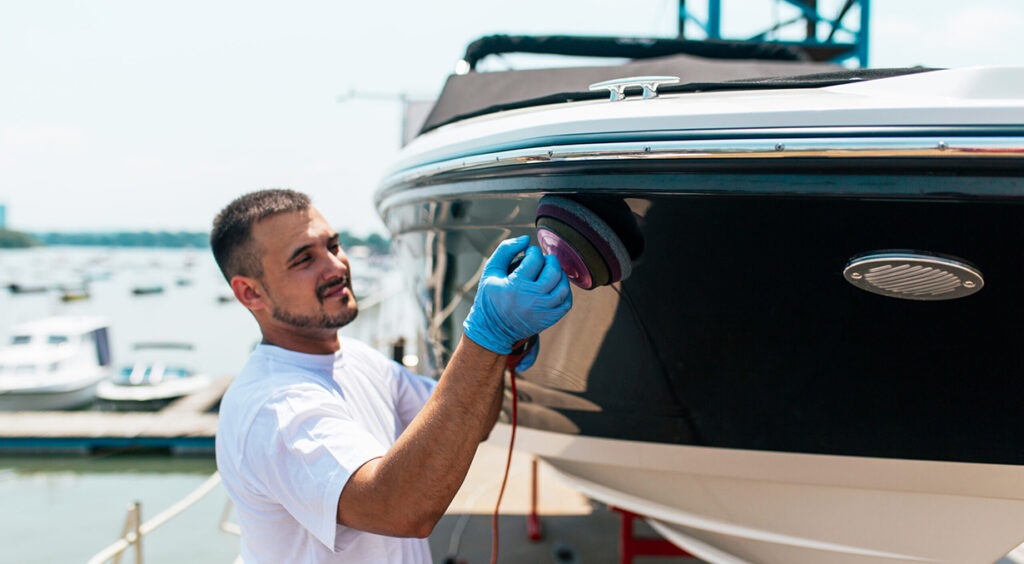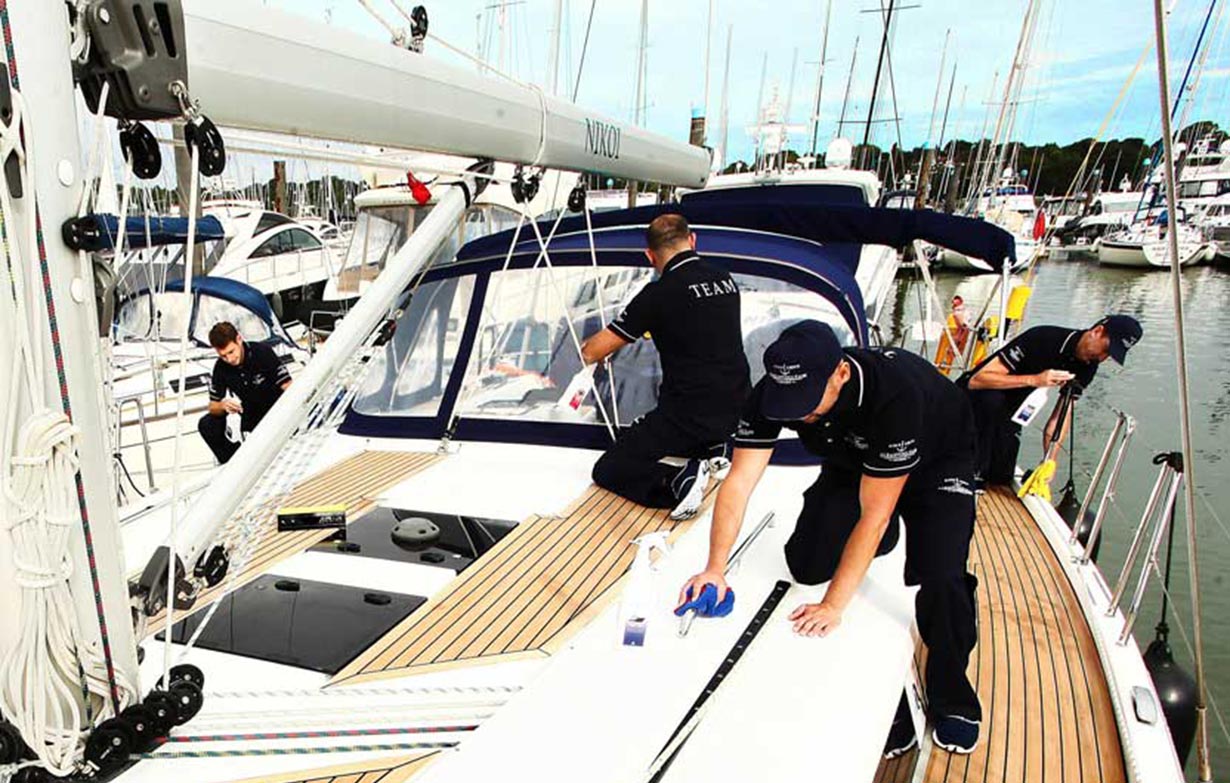Mastering the Art of Boat Detailing: Essential Tips and Techniques
The shimmering surface of a well-detailed boat not only turns heads but also speaks volumes about the care and dedication of its owner. Boat detailing is a blend of science and artistry, where precision meets passion to maintain and elevate a vessel’s aesthetics and functionality. This comprehensive guide aims to delve deeper into the world of boat detailing, providing invaluable insights, essential techniques, and expert tips to master this craft.
Understanding the Essence of Boat Detailing
Detailing a boat transcends mere cleaning; it’s a holistic approach to maintaining its structural integrity, protecting it from environmental elements, and preserving its charm for years to come. Beyond the visual appeal, proper detailing shields the boat’s surfaces against the relentless assault of saltwater, UV rays, oxidation, and other harsh elements prevalent in marine environments.
Step-by-Step Detailing Process:
- Surface Preparation: Begin by rinsing the boat thoroughly to eliminate loose debris and salt residue. Employ gentle but effective boat-specific cleaners to ensure a deep clean without compromising the integrity of the surfaces
- Cleaning and Washing: Utilize marine-grade soaps and soft-bristle brushes to gently remove dirt and grime from the boat’s surfaces. Tailor your cleaning approach to different materials—fiberglass, metal, and wood—using suitable cleaners that cater to their specific needs.
- Polishing and Restoring Shine: Invest in high-quality polishes and compounds designed for marine applications to restore the luster of the gel coat or paint. Utilize buffing machines or polishers to achieve a professional-grade finish, especially beneficial for larger vessels.
- Protective Coatings: Apply premium-grade wax or sealants to create a protective barrier that safeguards the boat from UV rays, saltwater corrosion, and environmental pollutants. This crucial step not only enhances the aesthetic appeal but also prolongs the durability of the detailing work.
Choosing the Right Products and Tools
The efficacy of detailing heavily relies on using the right products and tools. Research and invest in marine-specific, environmentally friendly products tailored to your boat’s unique surfaces. Quality brushes, microfiber cloths, and polishing equipment play pivotal roles in achieving outstanding results.
Regular Maintenance Tips
Detailing is not a one-time affair but an ongoing commitment to your boat’s well-being. Develop a comprehensive maintenance schedule encompassing regular cleaning, waxing, and thorough inspections to detect and address potential issues at their inception.
Seeking Professional Expertise
While DIY detailing can be immensely satisfying, certain intricate tasks or restoring heavily weathered surfaces might necessitate the expertise of professionals. Seasoned professionals can employ specialized techniques and products to revive a boat’s appearance and functionality effectively.
Conclusion
Mastering the art of boat detailing demands patience, meticulousness, and a profound understanding of your vessel’s needs. By integrating these essential tips and techniques into your boat care routine, you not only preserve its allure but also ensure its resilience and peak performance on the water.






